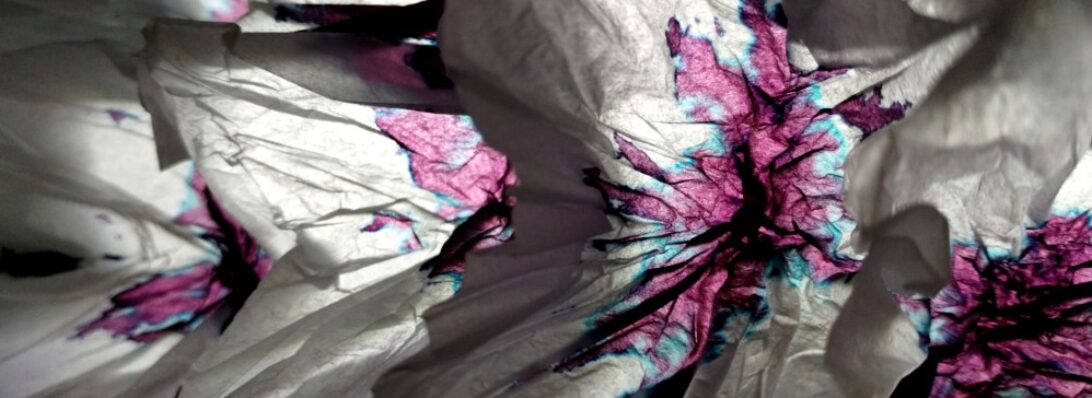In Australia, August 26 this year is nominated as “Daffodil Day”:
We celebrate the lives of those brave people who have fought cancer in all it’s forms – to do so we use a flower, the fragile symbol of hope and beauty:
I made a white one, then folded 4 in colour and scattered then strategically around my school. I remembered, if few others did initially. I do this in memory of some dear friends that lost the fight and suffer no more.
A complex and time-consuming fold, the flower head is dense and made, unusually from a hexagon cut from an A3 sheet, it collapses down to a life-size bloom via some interesting sinking, swivels and squash folds. An interesting (and cathartic) fold designed by Paul Jackson, taken from a book loaned to me by Amanda (thanks @ackygirl)
I hope you remembered Daffodil Day, or at the very least people you know who have been touched by Cancer.










